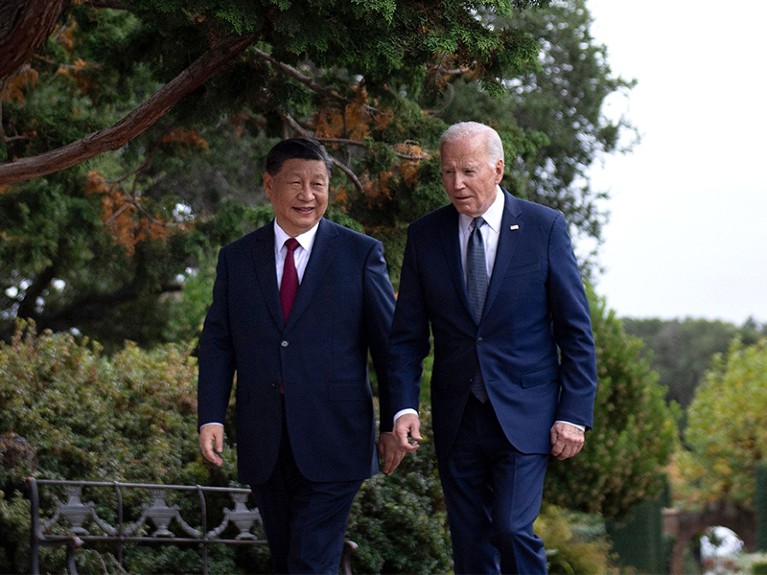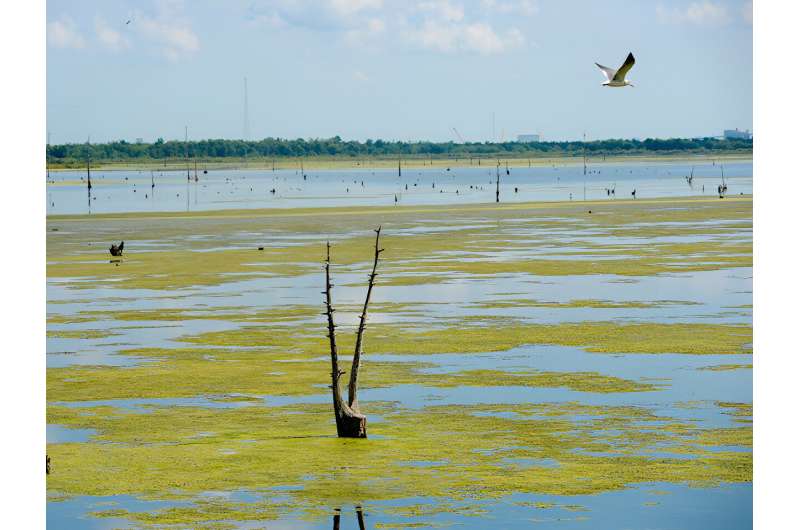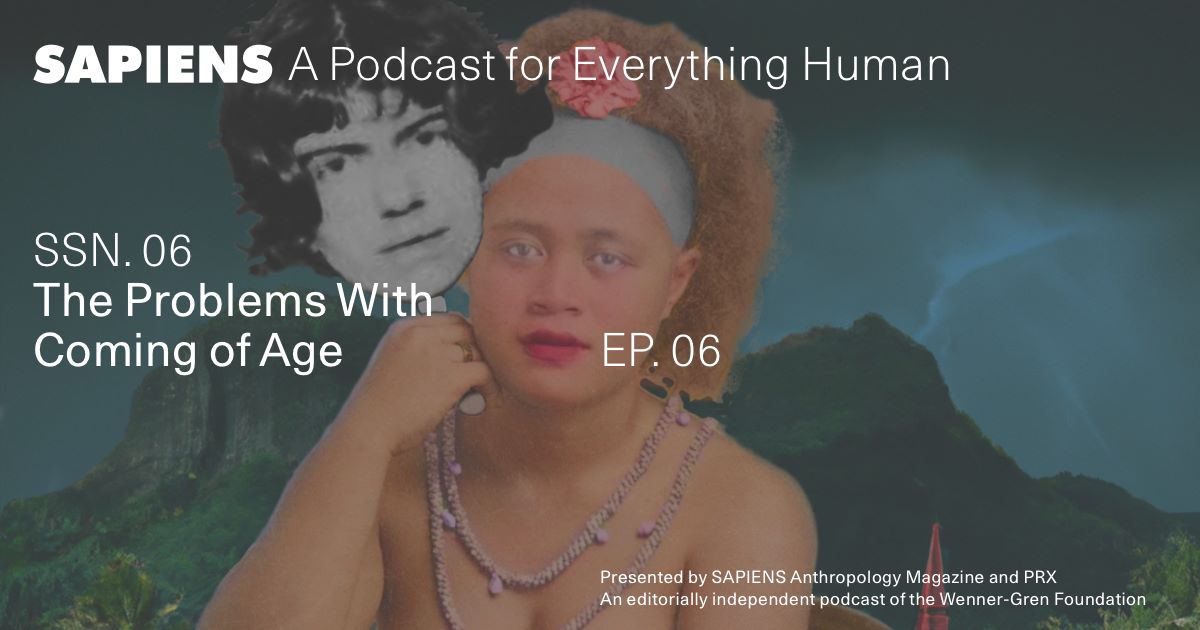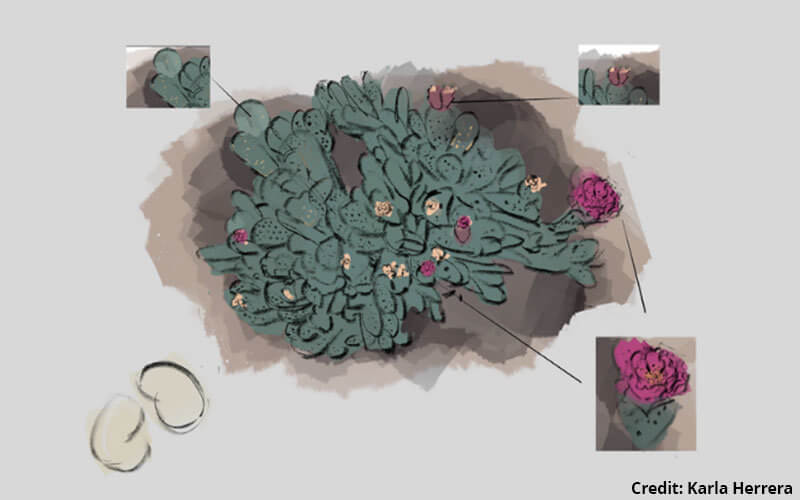-
Global science is splintering into two — and this is becoming a problem

Chinese President Xi Jinping and US President Joe Biden met this month in California.Credit: Brendan Smialowski/AFP/Getty It’s no secret that research collaborations between China and the United States — among other Western countries — are on a downward trajectory. Early indicators of a possible downturn have been confirmed by more sources. A report from Japan’s…
-
Microbiology must be represented at climate change talks
But Peixoto found one aspect of the meeting particularly unsettling: in all the climate discussions, microbes were effectively omitted. “We should be looking at the most important player of the equation, the microbes. [All the climate crises] are driven by microbes, disturb microbes, or can be solved by microbes”, she recalls thinking. Yet, other microbiologists…
-
Climate and health strategies must take vaccination into account
Climate-driven shifts in temperature, precipitation and nutrient availability are altering the transmission and distribution of human, animal and plant pathogens. More than half of all infectious diseases that affect humans are aggravated by climate change, with low- and middle-income countries (LMICs) bearing a ten-times-higher burden of infectious diseases than their affluent counterparts1,2. Despite contributing little…
-
Cellular development and evolution of the mammalian cerebellum
Abstract The expansion of the neocortex, a hallmark of mammalian evolution1,2, was accompanied by an increase in cerebellar neuron numbers3. However, little is known about the evolution of the cellular programs underlying cerebellum development in mammals. In this study, we generated single-nucleus RNA-sequencing data for ~400,000 cells to trace cerebellum development from early neurogenesis to…
-
Princeton Engineering – Hydrologist Gabriele Villarini joins Princeton Engineering

On July 1, Princeton Engineering welcomed Gabriele Villarini as a professor of civil and environmental engineering (CEE) and the High Meadows Environmental Institute (HMEI). Villarini joined Princeton from the University of Iowa, where he was a professor in the Department of Civil and Environmental Engineering, the Robert and Virginia Wheeler Faculty Fellow in Engineering, and…
-
‘It just feels magical:’ NY & VT science centers light up for the holidays

A pair of destinations in our region, both dedicated to educating patrons about science and nature, are inviting folks to explore the outdoors on their brightly illuminated grounds.The Wild Center in Tupper Lake is once again presenting “Wild Lights,” a growing tradition in northern New York now in its fourth year. Thousands of lights decorate…
-
Meet Ferrisburgh, a Rescued Kestrel Who Started Painting After a Wing Injury

Ferrisburgh, a kestrel at the Vermont Institute of Natural Science, has begun painting for mental enrichment after losing his ability to fly. Anna Morris An American Kestrel named Ferrisburgh has found a new calling as an artist after an unexpected wing injury took away his ability to fly. The falcon led his first art class…
-
Wetlands offer greater cumulative benefit for flood control: Study

Weltands boost flood storage capacity and promote the preservation and restoration of natural ecosystems. Credit: Tulane University Adding multiple smaller wetlands to the landscape can make large reservoirs more effective at flood control, according to a new study from Tulane University published in Environmental Research Letters. Using the Brazos River basin in Texas as a…
-
Sex, Lies, and Science Wars

Sex, Lies, and Science Wars [introductory music] Voice 1: What makes us human? Voice 2: Who you are. Voice 3: History. Voice 4: Your function in community. That’s where we find our purpose. Voice 5: We are profoundly connected as human beings. Voice 6: What makes us human? Voice 7: Let’s find out. Voice 8:…
-
Bridging Nature and Technology: Fullerton Arboretum’s Digital Florilegium

Fullerton Arboretum, the 26-acre botanical garden located on the Cal State Fullerton campus, is working on an exciting new project: a digital florilegium. The florilegium will consist of a website/database of the arboretum’s rare and threatened plants and feature botanical illustrations of each plant. This project, which will likely take several semesters to complete, will…